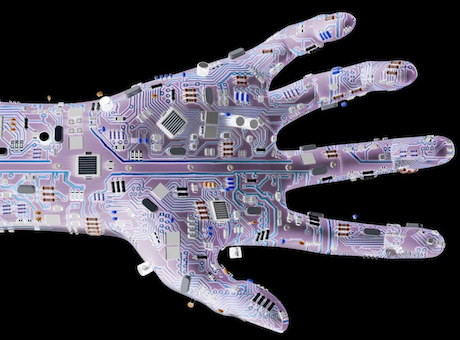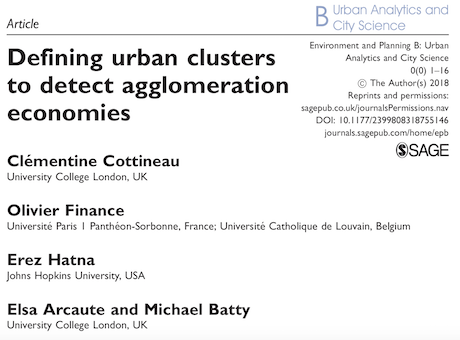Who is Dr Hannah Fry? Mathematician, UCL lecturer and presenter of Contagion! and Trainspotting Live – The Sun
|
Who is Dr Hannah Fry? Mathematician, UCL lecturer and presenter of Contagion! and Trainspotting Live
The Sun She is now a lecturer in the mathematics of cities at UCL’s Centre for Advanced Spatial Analysis. The research team include a unique mix of physicists, mathematicians, architects, geographers and computer scientists to study patterns of human behaviour … |





 I should not say this but I don’t remember much about writing the attached piece which is entitled ‘Technology and the Democratic Management of Urban Complexity’ but here it is: click here. Published by Acciona and from a book entitled …
I should not say this but I don’t remember much about writing the attached piece which is entitled ‘Technology and the Democratic Management of Urban Complexity’ but here it is: click here. Published by Acciona and from a book entitled …  A new paper from our group. Click here for the paper and also for the issue of Environment and Planning B . Abstract: Agglomeration economies are a persistent subject of debate in regional science and city planning. Their definition turns on …
A new paper from our group. Click here for the paper and also for the issue of Environment and Planning B . Abstract: Agglomeration economies are a persistent subject of debate in regional science and city planning. Their definition turns on … 
